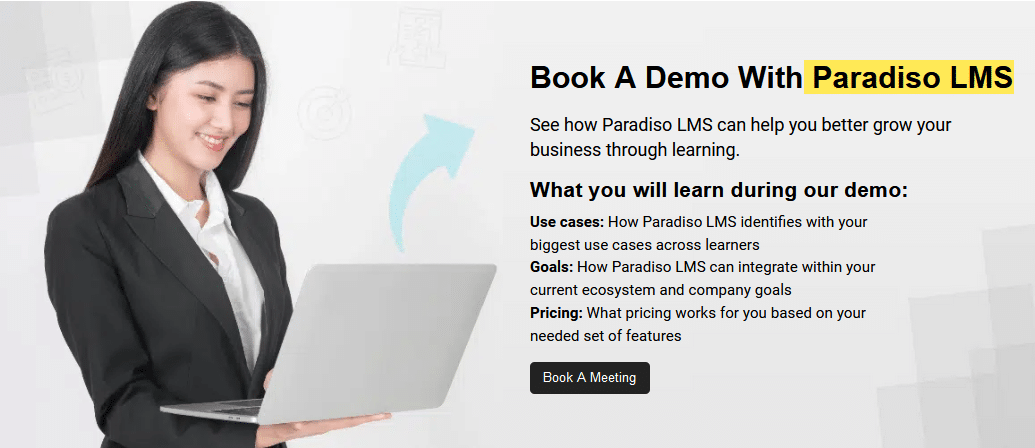Introduction to IoT and Its Impact on Education
The advent of the Internet of Things (IoT) has revolutionized numerous sectors and education is no exception. IoT refers to a network of interconnected devices that collect, exchange, and process data to enhance functionality and efficiency. In the educational landscape, IoT integration has paved the way for smart classrooms, transforming traditional learning environments into interactive, data-driven spaces.
Modern education demands more than just textbooks and chalkboards. With the integration of IoT technology, educators can create dynamic learning experiences tailored to the needs of individual students. This shift is largely facilitated by Learning Management Systems (LMS), which serve as central hubs for managing educational content, tracking student progress, and now, leveraging IoT capabilities.


















